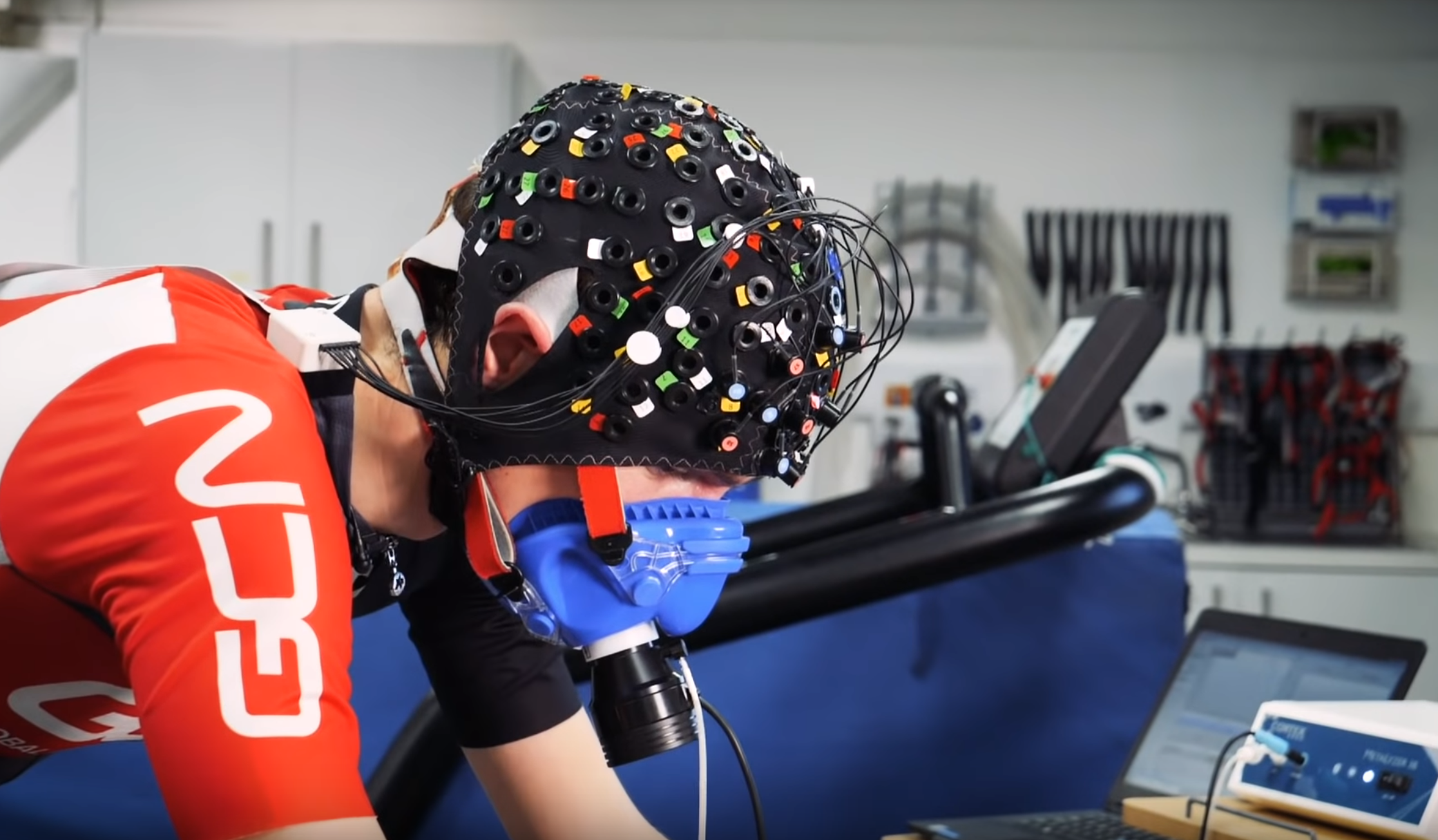How do you combine fNIRS and EEG? And why should you?
Forward written by Brain Products
Combining different neurophysiological technologies offers the possibility of examining cortical activity in a more comprehensive compared to one modality alone. In particular, the co-registration of EEG and fNIRS has a series of functional and practical advantages, since they capture different but complementary aspects of the brain’s activity.
EEG directly measures the fast changes in electrical activity connected to neuronal function. This signal has an exquisite temporal resolution (millisecond precision) but limited spatial resolution. fNIRS measures changes in the brain’s hemodynamic response, and, specifically, localizes the slower changes in oxygen metabolism that follow neural activation. This signal has a good spatial resolution (<1 cm) but a limited temporal resolution (~ 3 to 6 seconds).
Besides being complementary to each other, an additional advantage is that EEG and fNIRS signals do not interfere with each other, making data recording and analysis more straightforward than with other modalities (e.g. fMRI, MEG). While EEG uses electrodes to measure scalp potentials, fNIRS uses optodes (light sources and detectors) to measure cortical hemodynamic response.
How to combine EEG and fNIRS, a practical guide
We have written a practical step by step guide that details how to conduct an EEG and fNIRS experiment using the examples of NIRx and Brain Products devices. Download your free copy below. It is also available on the NIRx Support Site for Customers.




